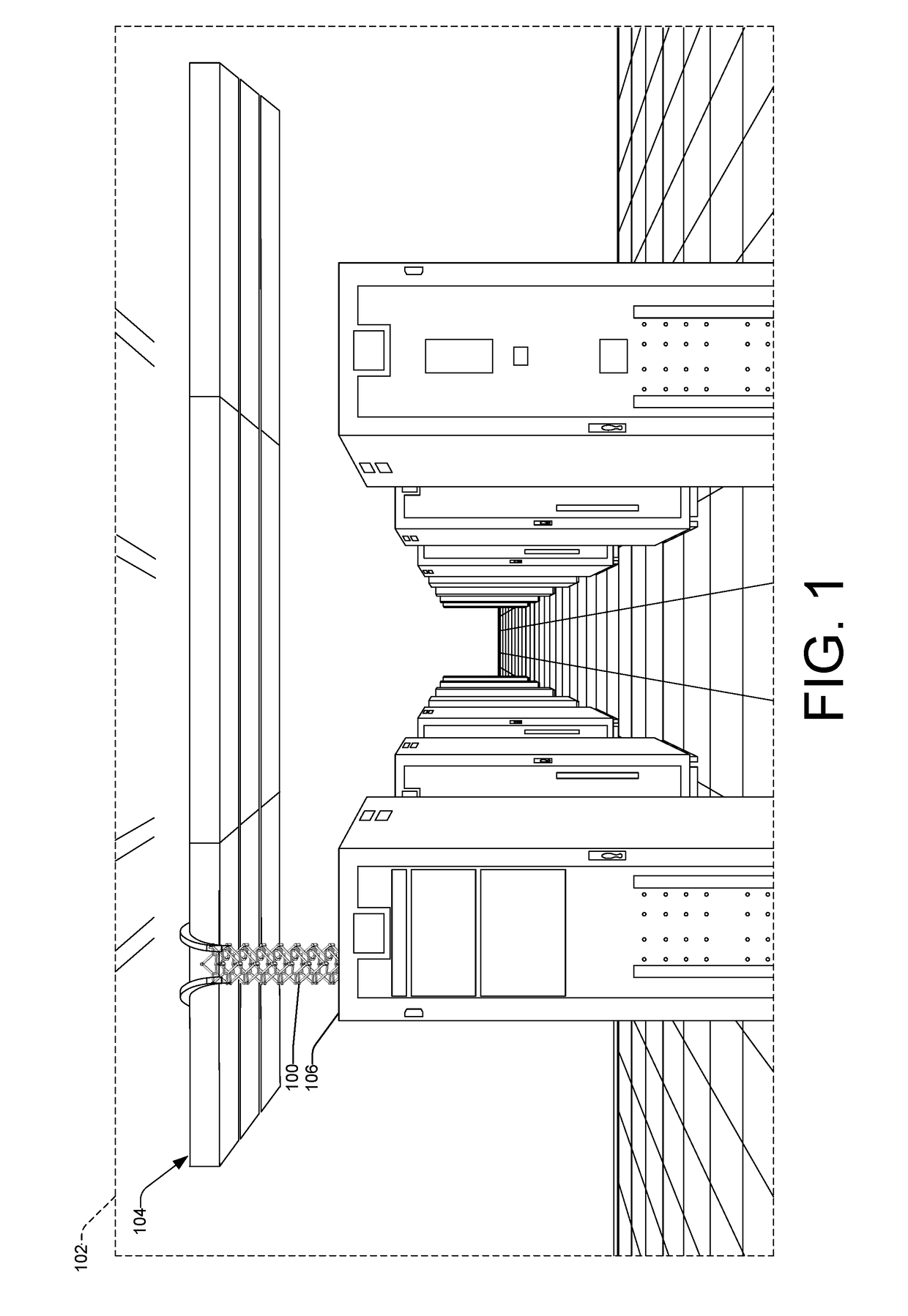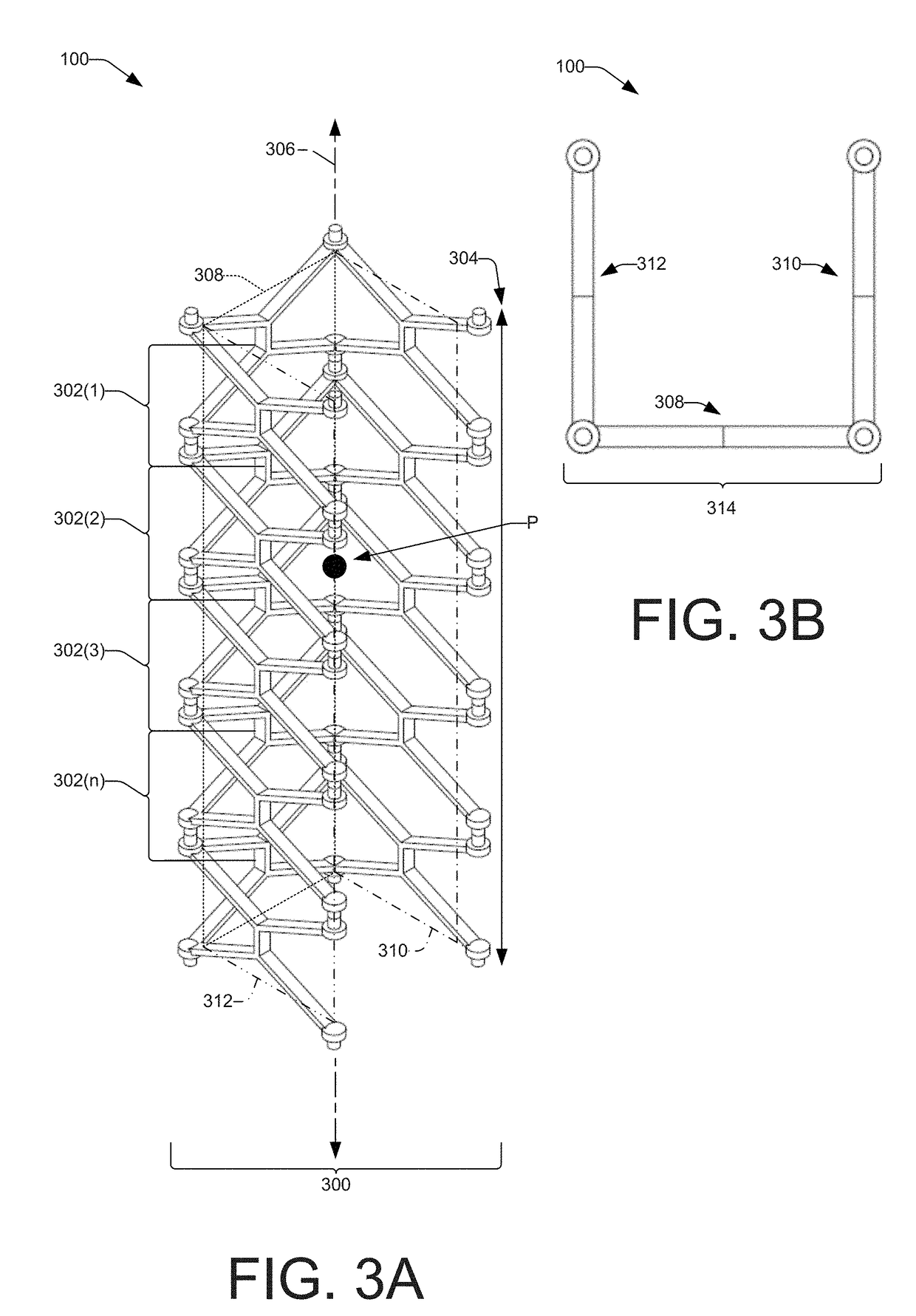Flexible conduit systems for routing cables
a flexible conduit and cable technology, applied in the direction of flexible pipes, electrical equipment, extensible carriers, etc., can solve the problems of increasing assembly time and expense, requiring significant installation time and expense, and the trough system in even a small telecommunications facility can be substantial, so as to improve the installation attributes, facilitate and facilitate use. , the effect of increasing the ease of us
- Summary
- Abstract
- Description
- Claims
- Application Information
AI Technical Summary
Benefits of technology
Problems solved by technology
Method used
Image
Examples
Embodiment Construction
Overview
[0025]As noted above, split tubing may be used to manage and organize optical fibers, which tubing is often extruded and relatively stiff, and users (e.g., technicians, installers, mechanics, etc.) may be required to run their hands along the inside of the split of the tube making it difficult and unpleasant to manage and organize optical fibers in the split tube. This disclosure is directed to conduits for routing cables (e.g., optical fibers, cords, power cords, wires, wiring harnesses, etc.) that are relatively more easy and pleasant to use than existing split tubes, split wire loom tubing, split corrugated loom tubing, etc. The conduits may include consecutive bottom springs extending a longitudinal length, consecutive first side springs extending the longitudinal length, and consecutive second side springs extending the longitudinal length. The bottom springs, first side springs, and second side springs are flexible about a point along a center axis of the conduit. The ...
PUM
 Login to View More
Login to View More Abstract
Description
Claims
Application Information
 Login to View More
Login to View More - R&D
- Intellectual Property
- Life Sciences
- Materials
- Tech Scout
- Unparalleled Data Quality
- Higher Quality Content
- 60% Fewer Hallucinations
Browse by: Latest US Patents, China's latest patents, Technical Efficacy Thesaurus, Application Domain, Technology Topic, Popular Technical Reports.
© 2025 PatSnap. All rights reserved.Legal|Privacy policy|Modern Slavery Act Transparency Statement|Sitemap|About US| Contact US: help@patsnap.com



